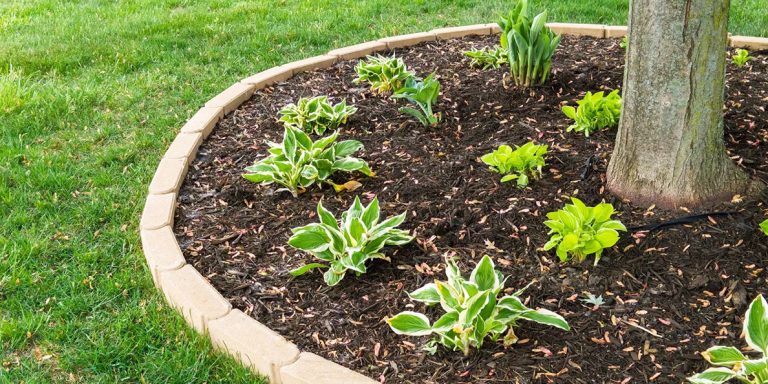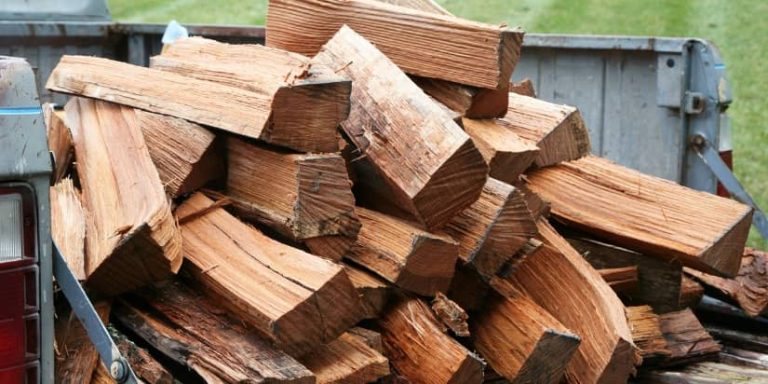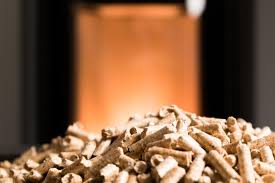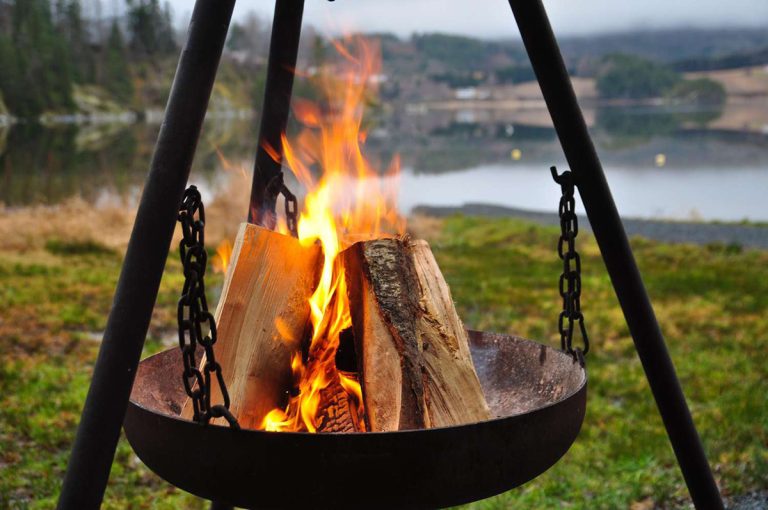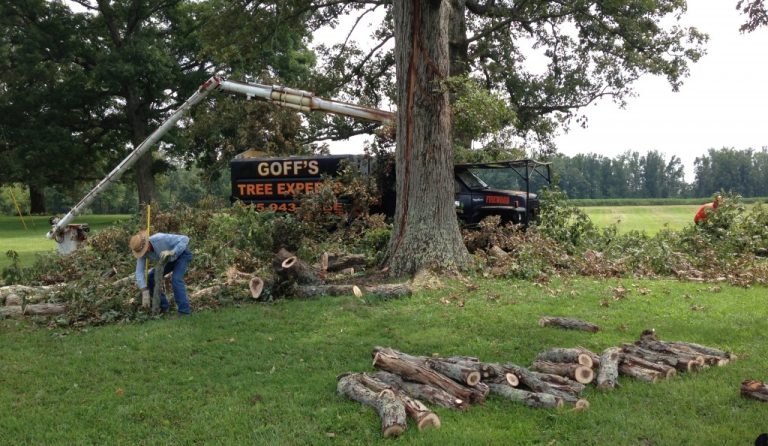One of the most efficient and eco-friendly ways to heat your home is by using heating pellets. In this ultimate guide, we’ll explore everything you need to know about heating your home with pellets, from their benefits to choosing the right type for your needs. Let’s dive in!
What Are Heating Pellets?
Heating pellets are small, cylindrical pieces of compressed organic material, typically made from wood or agricultural by-products. They are designed to be burned in pellet stoves or furnaces, providing a consistent and efficient source of heat. Unlike traditional firewood, when choosing heating your home with pellets, you will find they are uniform in size and density, allowing for a controlled and efficient burn.
Benefits of Heating Your Home with Pellets
- Efficiency: Heating pellets are highly efficient, producing more heat per unit than traditional firewood. This efficiency means you’ll use less fuel to achieve the same level of warmth, ultimately saving you money.
- Eco-Friendly: Pellets are made from renewable resources, often using waste materials that would otherwise go to landfills. Additionally, they produce less ash and emissions than traditional firewood, making them a cleaner option for the environment.
- Convenience: Pellets are easy to store and handle. They come in bags that are simple to transport, and their uniform size makes them easy to load into your stove or furnace. Automated feeders in pellet stoves also reduce the need for frequent refueling.
- Cost-Effective: While the initial investment in a pellet stove may be higher, the ongoing cost of pellets is typically lower than other heating fuels. Plus, their efficiency means you’ll get more heat for your money.
- Consistent Heat: Pellets provide a steady and controlled burn, ensuring consistent heat output. This reliability can make a big difference in maintaining a comfortable home temperature during the coldest months.
Types of Heating Pellets
When it comes to heating your home with pellets, there are a few different types to choose from:
- Premium Wood Pellets: Made from pure wood, these pellets have a low ash content and are ideal for residential heating. They burn cleanly and efficiently, making them a popular choice for homeowners.
- Standard Wood Pellets: These pellets may contain bark and other impurities, resulting in higher ash content. They are generally less expensive than premium pellets but require more frequent cleaning of your stove.
- Blended Pellets: A mix of wood and agricultural by-products, blended pellets can be a cost-effective option. However, their performance can vary depending on the blend’s quality.
- Specialty Pellets: Made from materials like corn, sunflower seeds, or cherry pits, specialty pellets are designed for specific pellet stoves. They can offer unique benefits but may not be as readily available as wood pellets.
Choosing the Right Pellet Stove
Selecting the right pellet stove is crucial for heating your home efficiently. Here are some factors to consider:
- Size: When deciding heating your home with pelletsChoose a stove that fits your heating needs. A stove that’s too small won’t provide enough heat, while one that’s too large may be inefficient.
- Efficiency Rating: Look for stoves with high-efficiency ratings to get the most heat from your pellets.
- Hopper Capacity: A larger hopper means less frequent refueling. Consider how often you want to load pellets into the stove.
- Features: Some stoves come with programmable thermostats, remote controls, and automatic igniters, offering added convenience and control over your heating.
- Installation and Maintenance: Ensure the stove is installed correctly and understand the maintenance requirements. Regular cleaning and proper ventilation are essential for safety and efficiency.
Tips for Heating Your Home with Pellets
- Store Pellets Properly: Keep your pellets dry and in a cool, covered location. Moisture can degrade their quality and efficiency.
- Clean Your Stove Regularly: Remove ash and clean the burn pot to maintain optimal performance. Follow the manufacturer’s maintenance guidelines.
- Monitor Pellet Quality: Use high-quality pellets to reduce ash buildup and ensure a clean burn. Cheap, low-quality pellets can cause more maintenance issues and less efficient heating.
- Check Ventilation: Ensure your stove’s ventilation system is clear and functioning properly. Good airflow is essential for safe and efficient operation.
- Use a Thermostat: A programmable thermostat can help maintain a consistent temperature and improve efficiency by adjusting the stove’s operation based on your heating needs.
Heating your home with pellets is an efficient, eco-friendly, and cost-effective way to stay warm during the winter months. By choosing the right pellets and pellet stove, you can enjoy consistent and reliable heat while minimizing your environmental impact.
If you’re ready to make the switch to pellet heating or need high-quality heating pellets, look no further than NJ Pellets and Firewood. Located in Hunterdon County, NJ, we offer a wide range of premium heating pellets to meet your needs. Contact NJ Pellets and Firewood today to learn more about our products and how we can help keep your home warm and cozy this winter. Don’t wait – ensure your home is prepared for the cold with the best heating solutions available!
Ready To Start Heating Your Home WIth Pellets? We have you covered.
-
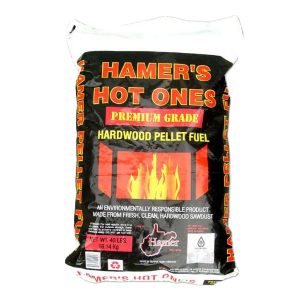 Product on saleHamer’s Hot Ones Pellet FuelOriginal price was: $399.00.$354.99Current price is: $354.99.
Product on saleHamer’s Hot Ones Pellet FuelOriginal price was: $399.00.$354.99Current price is: $354.99. -
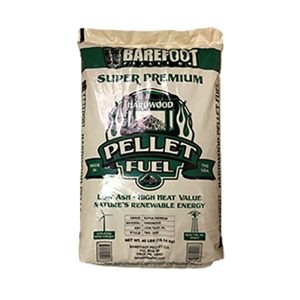 Product on saleBarefoot Super Premium PelletsOriginal price was: $399.99.$369.99Current price is: $369.99.
Product on saleBarefoot Super Premium PelletsOriginal price was: $399.99.$369.99Current price is: $369.99. -
 Product on saleEasyBlaze Super Premium Softwood Heating PelletsOriginal price was: $379.99.$354.99Current price is: $354.99.
Product on saleEasyBlaze Super Premium Softwood Heating PelletsOriginal price was: $379.99.$354.99Current price is: $354.99. -
 Product on saleSomerset Hardwood Heating PelletsOriginal price was: $379.99.$349.99Current price is: $349.99.
Product on saleSomerset Hardwood Heating PelletsOriginal price was: $379.99.$349.99Current price is: $349.99.
